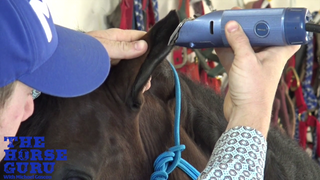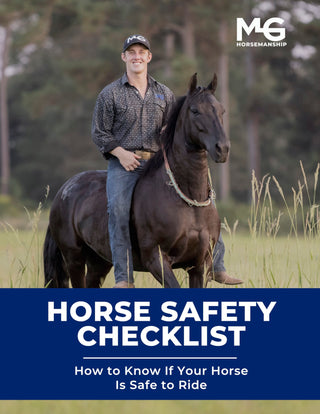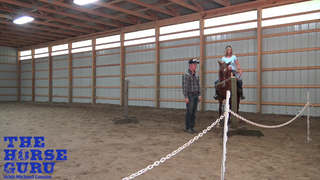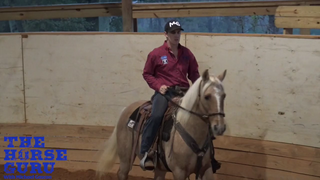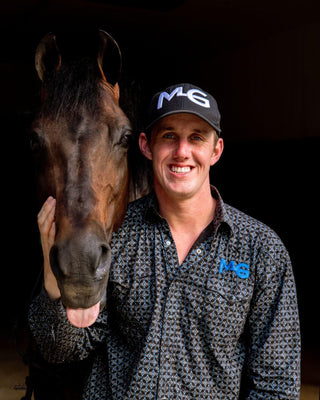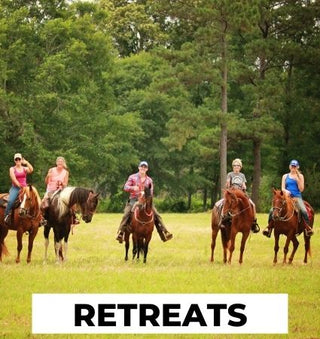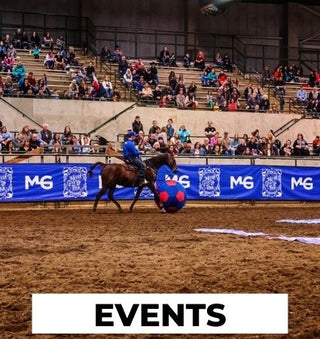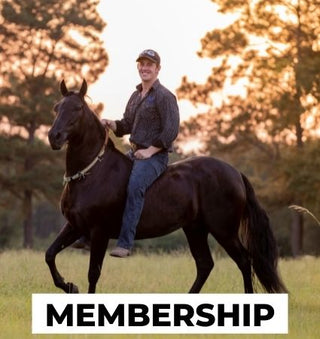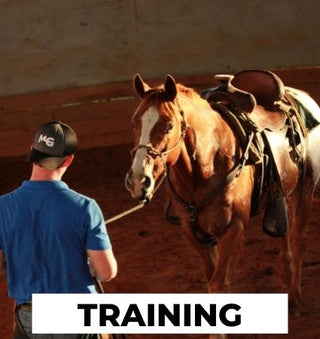Watch the Video Here or continue reading below!
Clipping your horse properly is about more than just appearance—it's a key part of desensitizing, grooming, and preparing for competition. In this guide, we’ll walk you through how to safely and effectively clip your horse's face, ears, eyes, and muzzle to achieve that polished, show-ready look.
Why Clipping Matters
Clipping a horse—especially the face and ears—is not just about aesthetics. It plays a critical role in:
-
Desensitizing your horse to grooming tools and touch.
-
Improving performance and presentation in the show ring.
-
Maintaining hygiene and comfort, particularly around sensitive areas.
We’re not covering full-body clipping here, just face clipping for safety, training, and show preparation.
Essential Tools for Horse Clipping
Before you start, gather your supplies:
-
Quality Clippers – We recommend brands like Oster with a #40 blade for close, clean cuts.
-
Clipper Coolant or Spray Lube – To prevent blades from overheating.
-
Wire Brush – For cleaning blades before, during, and after use.
👉 Pro Tip: Always brush the clipper blades downward, in the same direction as the teeth. Brushing across can dull the blade.
Setting Up for Success: Tie and Position Your Horse Safely
Where and how you tie your horse matters.
-
Use a hitching post to avoid fights and accidents.
-
Give your horse room to move, but not to bolt.
-
Avoid cross-tying or standing against a wall where you can get pinned.
This setup reduces resistance and makes clipping safer for both of you.
Step-by-Step: How to Clip a Horse's Face
1. Start With a Calm, Desensitized Horse
Turn the clippers on away from your horse first. Let them hear and feel the vibration without contact. Begin where they’re least sensitive (like the lower muzzle) and work upward.
2. Lay the Clipper Blade Flat
Never use just the blade’s teeth! Think of it like shaving—you want the plate to glide, not scrape. Pressing teeth-first is painful and can make your horse resistant.
3. Clip the Muzzle
Gently open the nostril with one hand and clip the inside edges with the other. Work under the chin carefully—avoid leaning over the horse to prevent hair or dirt from getting in your face.
4. Clipping Around the Eyes
When trimming the long eyebrow and eye hairs (not the eyelashes), be extra cautious:
-
Lay the blade flat across the area.
-
Hold the skin taut to avoid nicks.
-
Avoid ever pointing the clippers at the eye.
👉 Safety First: If your horse thrashes, step back. Eye safety is non-negotiable.
Clipping the Ears: What Most People Get Wrong
Ears are notoriously sensitive. Here’s how to make the process smoother:
1. Test the Blade Temperature
Touch it to the back of your hand. If it’s too hot for you, it’s too hot for your horse.
2. Clamp the Ear Gently
Use your non-clipper hand to hold the ear closed and block noise. Start by clipping the outer edges, removing long straggling hairs.
3. Clean the Inside Last
Once your horse is relaxed, gently open the ear and clip the inside. Always use the flat plate—not the teeth—against the skin. Keep sessions short if the blade is heating up.
Don’t Forget the Finishing Touches
Use a towel with a little baby oil to wipe the clipped areas—ears, muzzle, eyes—removing leftover hair and adding shine.
The Bridal Path
For most horses, clip the bridal path to the length of the ear from where the mane starts. Hold the forelock out of the way, flatten the blade, and clip smoothly for a clean, traditional look.
Common Clipping Mistakes to Avoid
❌ Using the teeth of the clipper instead of the plate
❌ Clipping with dirty blades or a dirty horse
❌ Not testing blade heat frequently
❌ Over-tightening the horse or chasing them around
❌ Rushing the process without proper desensitization
Sedation: Is It Necessary?
Some horse owners rely on sedation every time they clip. But as Michael Gascon says, “If you sedate your horse every time, you’ll always have to.”
Instead, use calm repetition and the right equipment—like a hitching post—to train your horse out of resistance.
Final Thoughts: Clipping Is About Trust and Technique
When done correctly, horse clipping is a calm, easy process that builds trust between you and your horse. Start slow, stay safe, and don’t make it a big deal. With practice, you’ll have a clean, professional look—and a horse that stands quietly and confidently.

